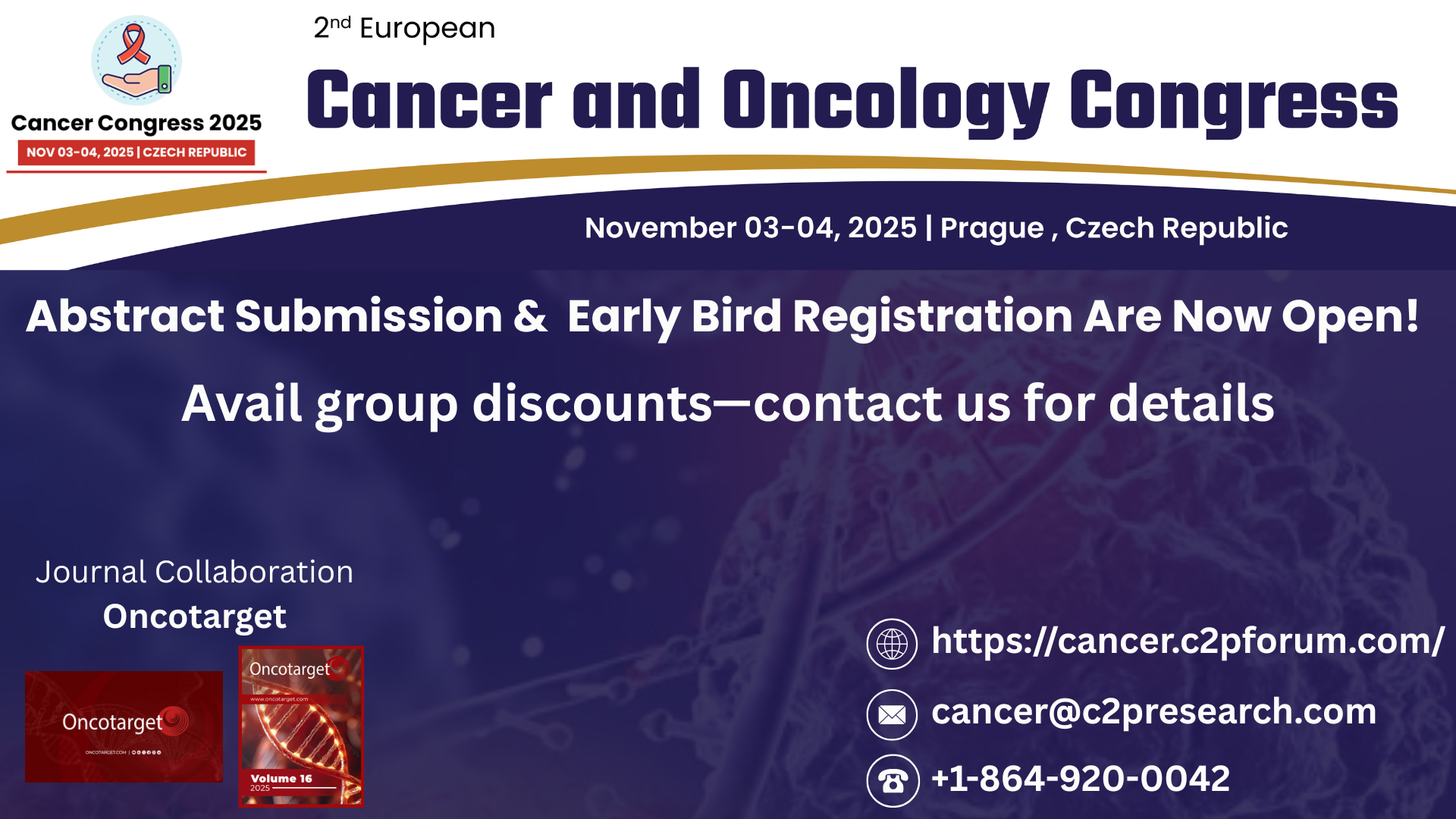Research Papers:
Establishment of prostate cancer spheres from a prostate cancer cell line after phenethyl isothiocyanate treatment and discovery of androgen-dependent reversible differentiation between sphere and neuroendocrine cells
PDF | HTML | Supplementary Files | How to cite
Metrics: PDF 2337 views | HTML 2959 views | ?
Abstract
Yamei Chen1,4,*, Shundong Cang1,2,*, Liying Han3, Christina Liu1, Patrick Yang1, Zeeshan Solangi1, Quanyi Lu4, Delong Liu1,5, J.W. Chiao1
1Department of Medicine, New York Medical College, Valhalla, NY 10595, USA
2Department of Oncology, Henan Province People’s Hospital, Zhengzhou University, Zhengzhou, China
3Department of Pathology, New York Medical College, Valhalla, NY 10595, USA
4Department of Hematology, Zhongshan Hospital, Xiamen University, Xiamen, Fujian, China
5Department of Oncology, The First Affiliated Hospital of Zhengzhou University, Zhengzhou, China
*These authors have contributed equally to this work
Correspondence to:
J.W. Chiao, email: [email protected]
Delong Liu, email: [email protected]
Quanyi Lu, email: [email protected]
Keywords: prostate cancer, stem cells, sphere, epigenome, androgen
Received: September 24, 2015 Accepted: March 06, 2016 Published: March 28, 2016
ABSTRACT
Prostate cancer can transform from androgen-responsive to an androgen-independent phenotype. The mechanism responsible for the transformation remains unclear. We studied the effects of an epigenetic modulator, phenethyl isothiocyanate (PEITC), on the androgen-responsive LNCaP cells. After treatment with PEITC, floating spheres were formed with characteristics of prostate cancer stem cells (PCSC). These spheres were capable of self-renewal in media with and without androgen. They have been maintained in both types of media as long term cultures. Upon androgen deprivation, the adherent spheres differentiated to neuroendocrine cells (NEC) with decreased proliferation, expression of androgen receptor, and PSA. NEC reverse differentiated to spheres when androgen was replenished. The sphere cells expressed surface marker CD44 and had enhanced histone H3K4 acetylation, DNMT1 down-regulation and GSTP1 activation. We hypothesize that PEITC-mediated alteration in epigenomics of LNCaP cells may give rise to sphere cells, whereas reversible androgenomic alterations govern the shuttling between sphere PCSC and progeny NEC. Our findings identify unrecognized properties of prostate cancer sphere cells with multi-potential plasticity. This system will facilitate development of novel therapeutic agents and allow further exploration into epigenomics and androgenomics governing the transformation to hormone refractory prostate cancer.
 All site content, except where otherwise noted, is licensed under a Creative Commons Attribution 4.0 License.
All site content, except where otherwise noted, is licensed under a Creative Commons Attribution 4.0 License.
PII: 8440

